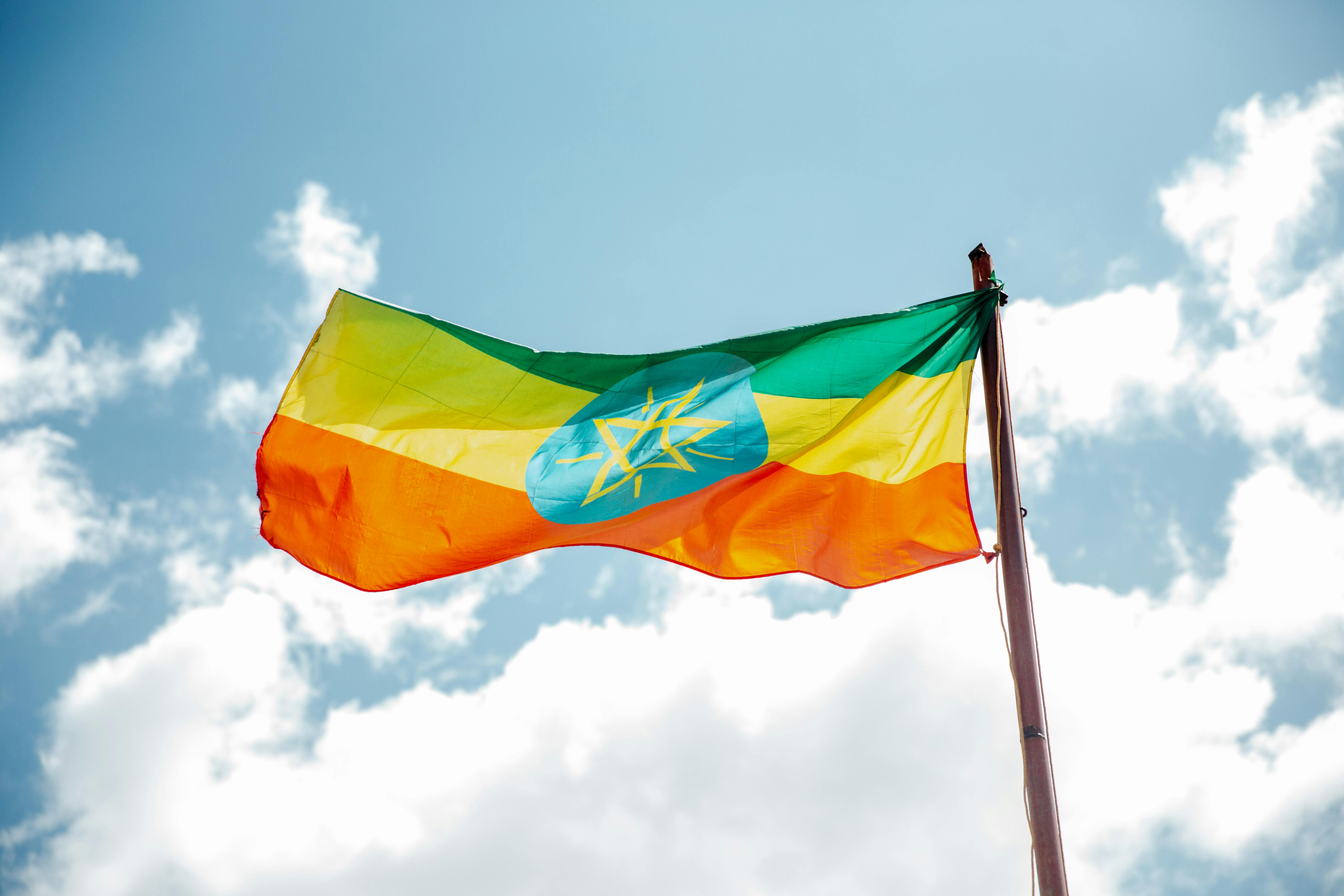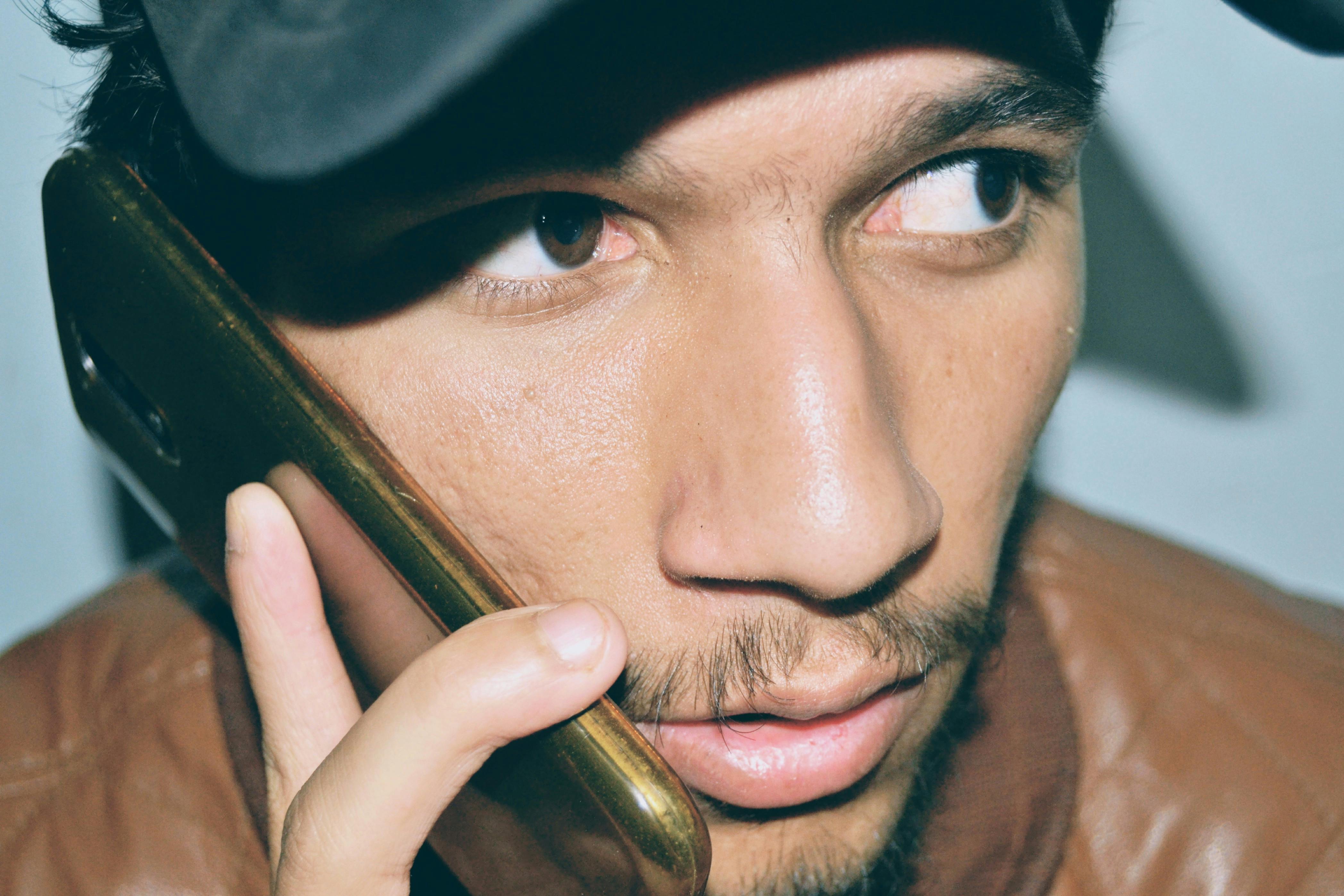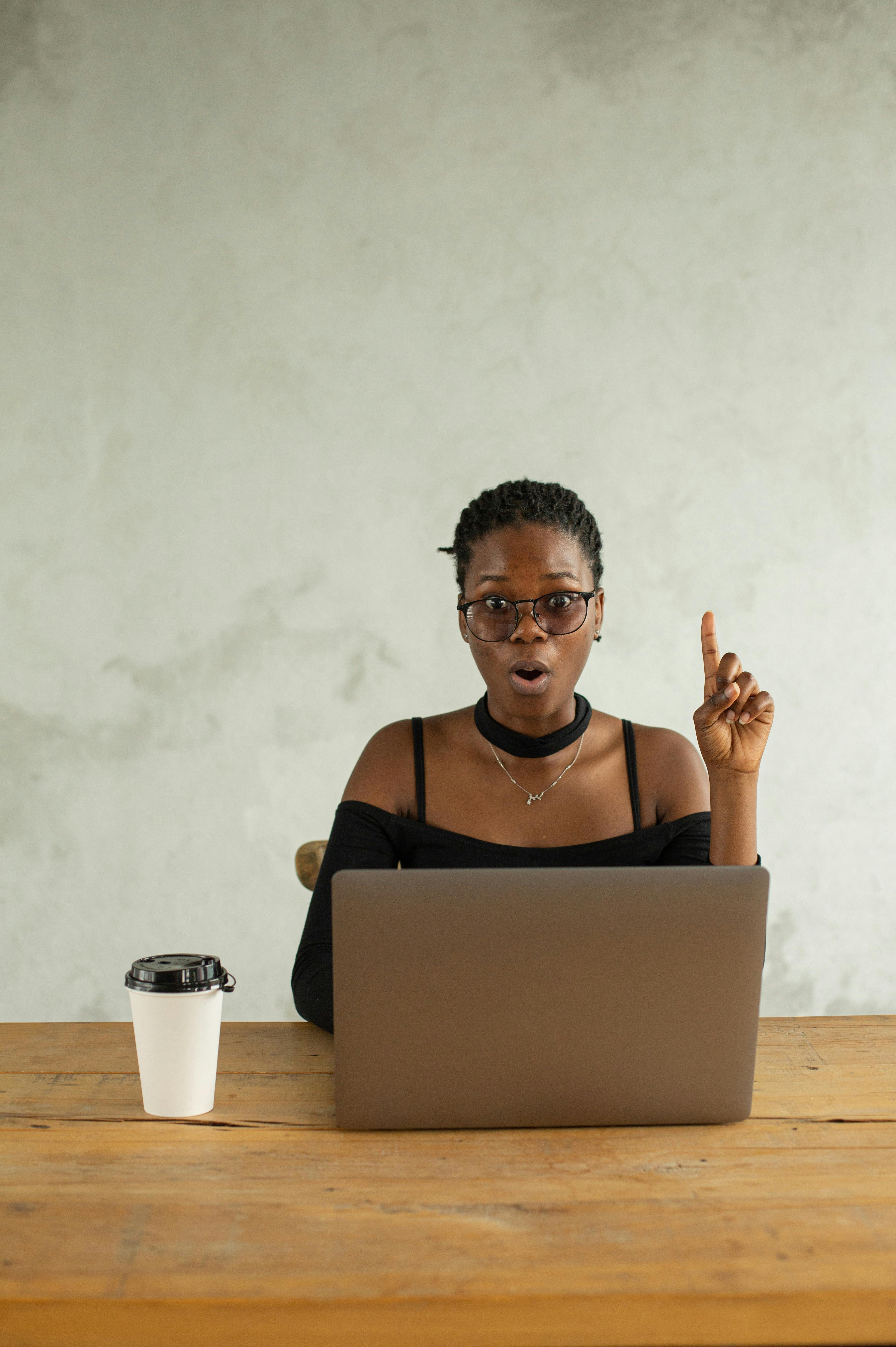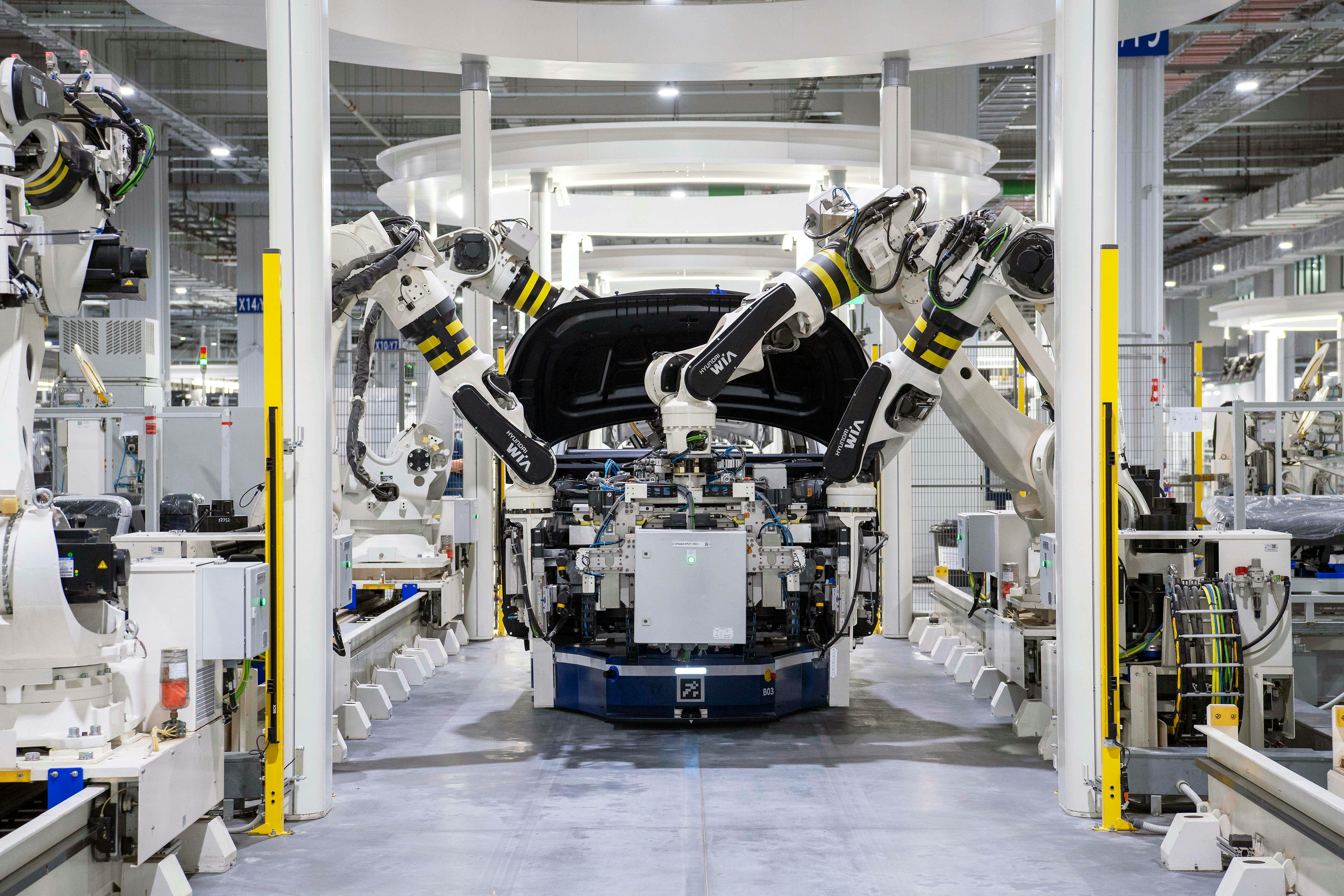Revolutionizing Creativity: The Prominent Role of AI Evolution in Creative Industries

Artificial Intelligence (AI) is no longer a shorthand for futuristic technologies one might see in a science fiction movie. Nowadays, it's an integral part of our daily lives, having a pronounced influence on various industries and disciplines. One of the fields experiencing an upsurge in AI adoption is the creative industry. The convergence of AI and creative disciplines can be traced back a while, but it is in the last decade where we have seen conspicuous changes, sparking stimulating debates on the role of AI in art and its potential to redefine the human creative process.
A Glimpse of the Historical Landscape
To understand the impact of AI in the creative industry, one must first embark on a journey to the past. It all began with humankind's endeavours to mechanize creativity, an endeavour that commenced with the creation of automated musical instruments as early as the 9th century. As technology progressed, we ventured into simulation creativity, creating software designed to emulate human ingenuity. However, it was the transition from simulative to generative creativity that marked a major evolution in this field. This saw the birth of AI systems capable of generating original content, an ability that dramatically altered how art and design were approached.
AI and Creative Arts: An Evolving Symbiosis
Fast forward to the present day, the proliferation of generative model technology has significantly enhanced the potential of AI in creativity. High-profile examples of this include AI-painted portraits that have fetched substantial amounts at auction. The implementation of AI goes beyond painting alone. It extends to music composition, literature, and even culinary art. The technology is equipped with the ability to learn and simulate styles across different eras and cultures, forge new paths in creative arts, and present a blend of human-machine collaborations that hitherto seemed like a far-off dream.
The Game-changer: Generative Adversarial Networks
If one were to pinpoint the harbinger of the transformative effect AI has had on creativity, the credit would likely go to Generative Adversarial Networks (GANs). GANs are AI systems composed of two neural networks that counter each other to produce entirely real-like content. GANs are responsible for incredible feats in the creative landscapes, creating pieces of artwork that stand up to human critique, conceiving culinary recipes unheard of before, writing captivating literary pieces, and composing melodies that stir human emotions.
The Future: AI and the Creative Industry
As we look ahead, AI's potential within the creative industry is only set to grow. AI has the power to push the boundaries of human imagination, catalyzing an unparalleled fusion of technology and art. The evolution of AI will invite further exploration into how we understand, value, and engage with creative content. The ability of AI to analyze huge datasets can aid in capturing an exhaustive range of human aesthetic preferences, nurturing the emergence of innovative, personalized creative content. This confluence of prediction, personalization, and creativity is an exciting prospect, signalling a dramatically transformative future for the creative industry.
AI is shaping the narrative of the role of technology in the creative process and seems poised to redefine the relationship art shares with its creators and consumers. As we continue this journey, it is imperative to strike a balance, ensuring that AI augments human creativity rather than supplanting it. As the blend of AI and creativity takes shape, one thing is certain: the canvas of creativity will never be the same again.



